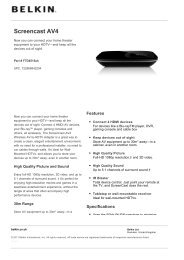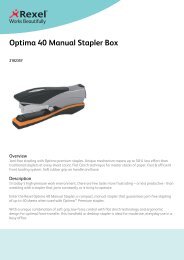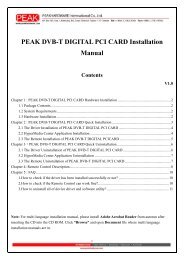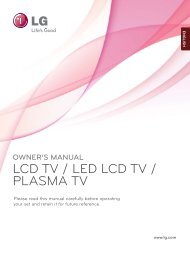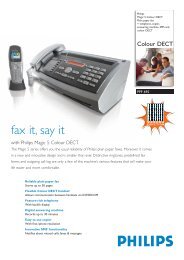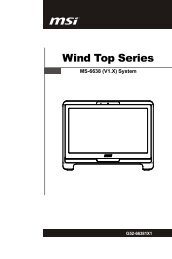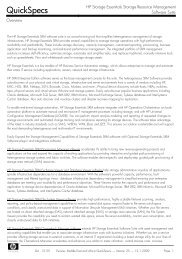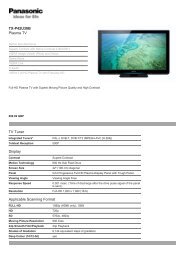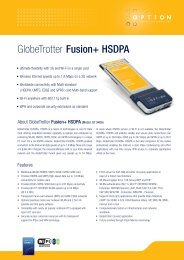Nortel Metro Ethernet Services Unit portfolio
Nortel Metro Ethernet Services Unit portfolio
Nortel Metro Ethernet Services Unit portfolio
You also want an ePaper? Increase the reach of your titles
YUMPU automatically turns print PDFs into web optimized ePapers that Google loves.
the reach of Carrier <strong>Ethernet</strong> services<br />
further out from the core and closer to<br />
customer access locations. This has<br />
driven the need for a new class of<br />
highly-reliable, remotely manageable,<br />
service-oriented <strong>Ethernet</strong> access devices<br />
to cost-effectively aggregate <strong>Ethernet</strong><br />
services into this robust metro core. The<br />
<strong>Nortel</strong> family of <strong>Metro</strong> <strong>Ethernet</strong> <strong>Services</strong><br />
<strong>Unit</strong>s (MESUs) offers a wide range of<br />
options for <strong>Ethernet</strong> services aggregation<br />
to address this need. The <strong>Metro</strong> <strong>Ethernet</strong><br />
<strong>Services</strong> <strong>Unit</strong> family enables providers to<br />
offer high-bandwidth IP/<strong>Ethernet</strong> services<br />
with granular service assurance and<br />
superior operational simplicity to minimize<br />
ongoing OPEX. MESU delivers<br />
wire-speed performance along with the<br />
rate enforcement, classification, QoS/<br />
prioritization and statistics collection<br />
features that are critical for the delivery of<br />
profitable <strong>Ethernet</strong> services, while<br />
addressing the SLAs required by end<br />
customers for all manner of services.<br />
Multiple deployment<br />
options and access<br />
resilience<br />
The <strong>Nortel</strong> family of <strong>Metro</strong> <strong>Ethernet</strong><br />
<strong>Services</strong> <strong>Unit</strong> (MESU) platforms can<br />
support a variety of deployment models<br />
to suit applications for various access<br />
topologies (see Figure 1). The four modes<br />
of operation are: Layer 2 Switching,<br />
VLAN (QinQ) encapsulation, MESU<br />
Resilient Ring and stand-alone. In Layer 2<br />
switch mode, the MESU functions as a<br />
standards-based, high-bandwidth access<br />
switch that provides Layer 2 operational<br />
services such as Layer 2 VLANs, IGMP,<br />
Spanning Tree and MLT. In VLAN<br />
Encapsulation mode, the ESU offers<br />
standards-based IEEE 802.1ad (QinQ)<br />
VLAN stacking to provide secure access<br />
to the network using the outer Q-tag<br />
for identifying and separating customer<br />
traffic onto separate VLANs.<br />
Figure 1. <strong>Metro</strong> <strong>Ethernet</strong> <strong>Services</strong> <strong>Unit</strong> deployment options<br />
2<br />
Residential<br />
Backhaul<br />
Mobile<br />
Backhaul<br />
DSLAM/CMTS<br />
EoBx<br />
EoSFP<br />
EoVDSL<br />
Stand-alone<br />
or QinQ mode<br />
access<br />
Layer 2<br />
switch mode<br />
Up to 20<br />
MESUs/Ring<br />
10/100/1000<br />
<strong>Ethernet</strong><br />
access<br />
Outside Cabinet<br />
Multi-Link<br />
Trunk access<br />
<strong>Metro</strong> <strong>Ethernet</strong> Routing<br />
Switch 8600<br />
Carrier <strong>Ethernet</strong><br />
<strong>Metro</strong> Core<br />
(PBB/PBT)<br />
Dual-homed<br />
access<br />
1GE/10GE<br />
Resilient<br />
Rings<br />
The MESU Resilient Ring mode offers<br />
industry-leading reliability with high<br />
efficiency aggregation using an <strong>Ethernet</strong>over-fiber<br />
solution. It allows for up to<br />
20 ESUs to be connected on a fiber ring<br />
supporting sub 50ms protection capability,<br />
when homed to a <strong>Metro</strong> <strong>Ethernet</strong><br />
Routing Switch (MERS) 8600, or a pair<br />
of MERS 8600s in a dual-homed<br />
configuration. MESU rings are available<br />
in GE configurations today with support<br />
for 10GE planned in the near future.<br />
Another advantage of the resilient ring<br />
architecture is the ability to optimize<br />
unused bandwidth when aggregating<br />
traffic into the metro core. Enterprise<br />
customers are demanding flexible service<br />
rates, typically at intervals lower than<br />
the full rate of the interface (e.g., 25 Mbps<br />
on a 100-Mbps port). If the access<br />
infrastructure is constructed in a pointto-point<br />
fashion, there is a greater likelihood<br />
that the <strong>Ethernet</strong> uplink from the<br />
Enterprise<br />
Access<br />
Core<br />
networks<br />
<strong>Metro</strong> <strong>Ethernet</strong> Service <strong>Unit</strong>s<br />
1800/1850/1860/1880



